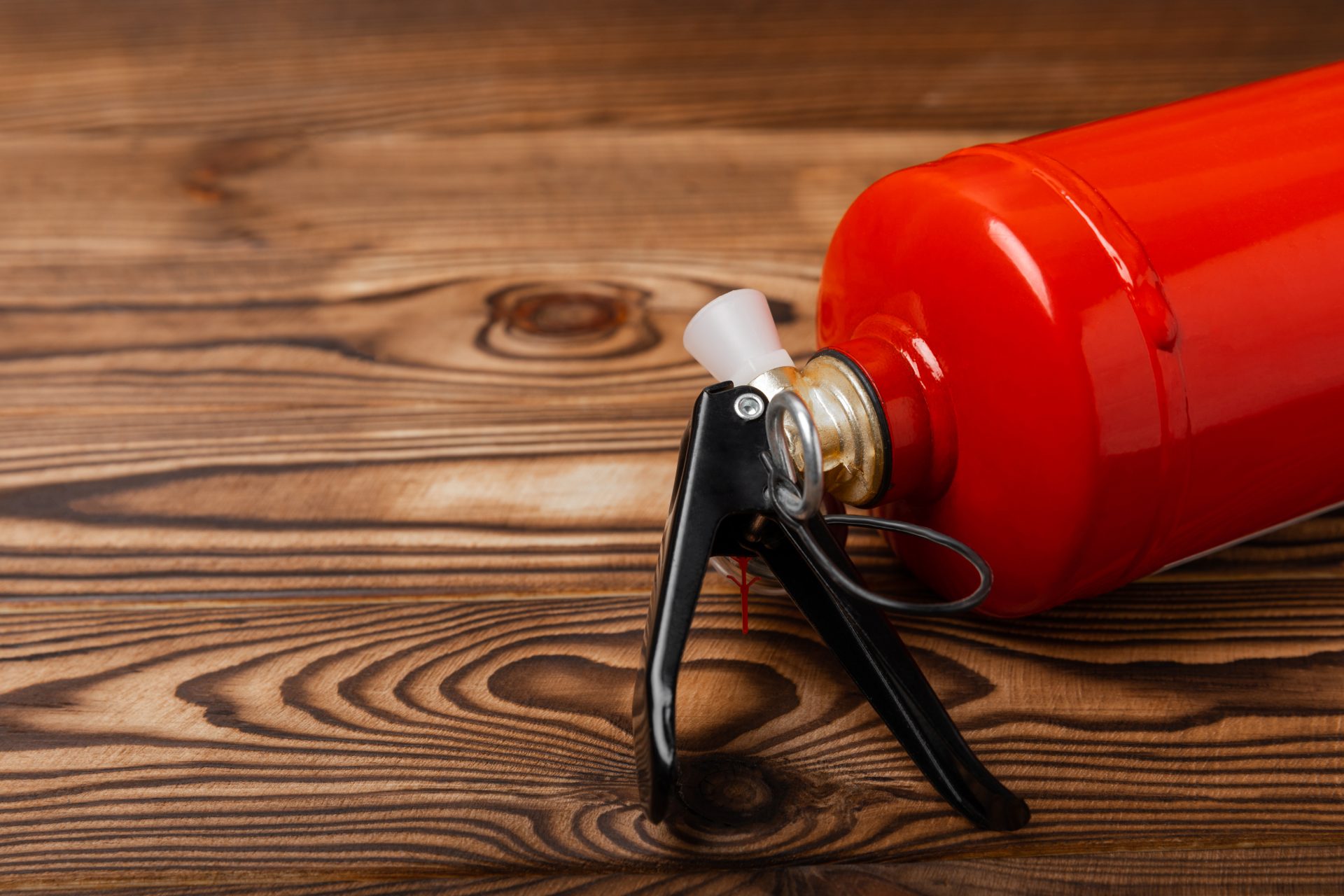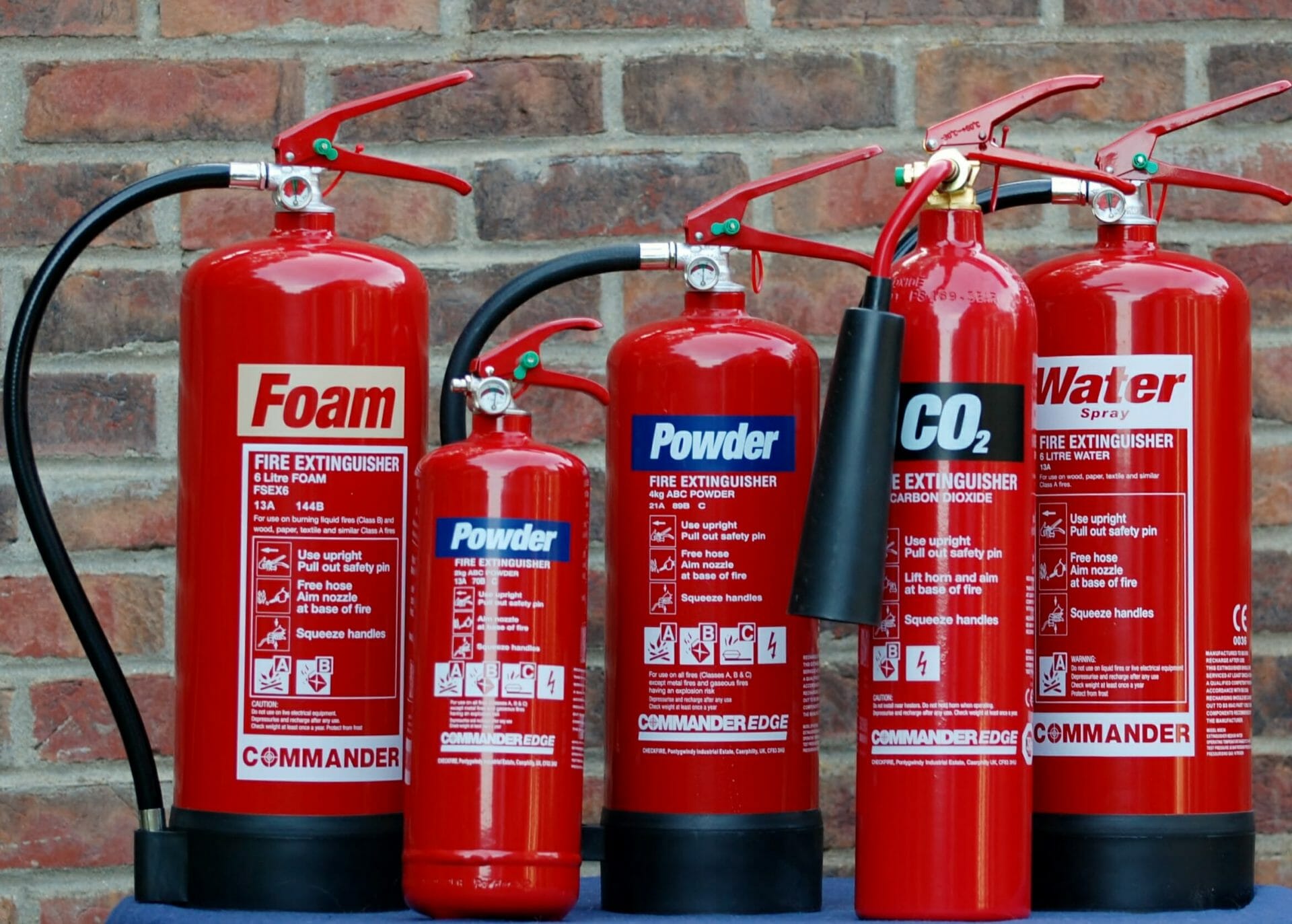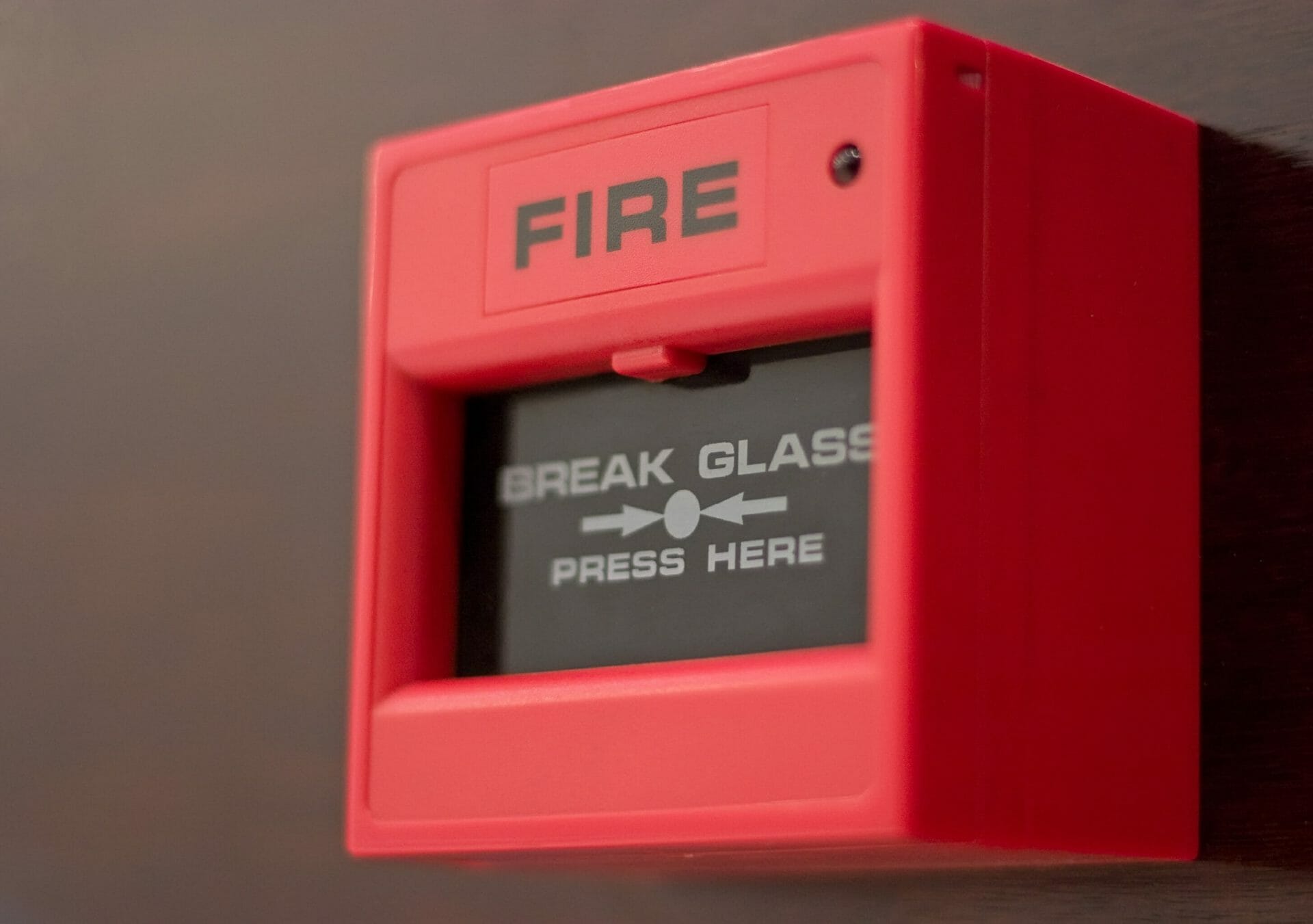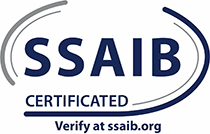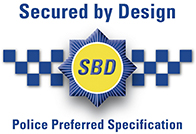With nearly 20,000 commercial fires a year, it is clear to see why ensuring all guidelines and requirements are met to the highest standard when it comes to safeguarding your business, your staff and your goods. Fire extinguishers are crucial when taking fire prevention measures in your business premises.
Fire extinguishers are a legal requirement for any active business and must be provided when there is any risk of a fire occurring. All designated Responsible Persons must allow for fire risk assessments to be carried out. They must also offer training to staff on how to use fire extinguishers and where to find them within the premises, how to evacuate the premises safely and what to do during fire drills.
All fire extinguishers guidelines are covered by British Standard and their provision and maintenance is covered by BS5306. This informs business owners on which specific type of extinguishers to have in their premises and exactly where to place them.

